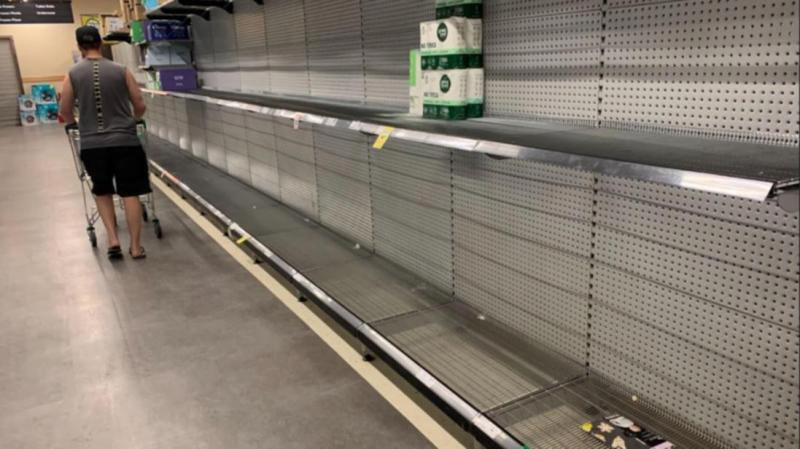The authoritative voice of the Australian Food and Grocery Council resonates with urgency as it highlights the mounting pressures facing the $144 billion food and grocery manufacturing sector. In the face of relentless demands from major supermarket chains to slash prices, the council’s chief executive, Tanya Barden, stands firm in defence of the sector’s profitability and viability.
Reports of Coles seeking price reductions of up to 14 percent from its suppliers are a stark reminder of the aggressive tactics being employed. Yet, it’s not just Coles; Woolworths, too, exerts similar pressures, intensifying the squeeze on suppliers.
Ms. Barden underscores the delicate balance required to navigate these turbulent waters. While acknowledging the need to address inflationary concerns, she emphasises the imperative of ensuring equitable risk-sharing across the entire supply chain.
The push for price reductions comes at a critical juncture, coinciding with public scrutiny of supermarket practices through ongoing inquiries. Coles’ eagerness to bolster its competitive edge against Woolworths adds further impetus to its drive for price cuts. However, suppliers are rightfully poised to defend their own profitability.
The echoes of past struggles reverberate in Ms. Barden’s cautionary words. Memories linger of a dark era where manufacturers and suppliers bore the brunt of cost pressures, leading to stagnation in investment and job losses.
The data paints a stark picture of the sector’s challenges. Over the past decade, costs within food manufacturing surged at double the rate of wholesale prices, eroding profitability from $8 billion to $5 billion. This period of decline was compounded by investment stagnation, indicative of a sector grappling with sustainability.
Efforts to mitigate these challenges were not in vain. Suppliers embarked on efficiency drives, but the well of resilience is running dry. Recent years witnessed a confluence of disruptive forces—from Covid-induced disruptions to weather-related calamities and geopolitical tensions—driving up input costs.
Even as some costs recede, the spectre of inflation looms large, particularly in critical areas such as transport, energy, and labour. The cumulative effect is an industry teetering on the brink, grappling with unrelenting pressure from all fronts.
In this climate of uncertainty, the imperative for collaborative action is clear. Stakeholders must come together to chart a path forward that safeguards the interests of all, ensuring the resilience and sustainability of Australia’s food and grocery manufacturing sector. Anything less risks consigning the sector to a perilous fate, with far-reaching consequences for the nation’s economy and its citizens.
For the latest retailer news and information, check out the IndiHub website or to speak to us about how we can help your business contact us.


